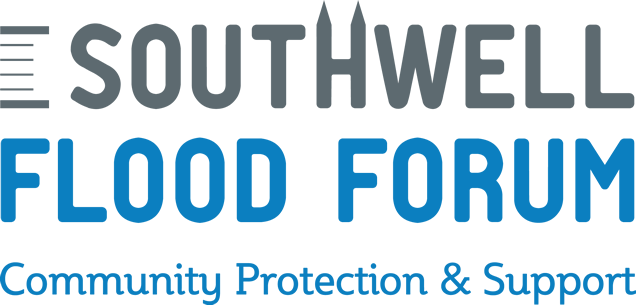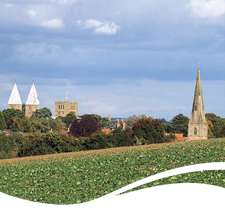Guidelines for use of the digital map – launched May 2021 – under construction and open to revision based on information from residents
Presentation on the Guidelines for navigating the digital map
Click the layer icon to bring up the ‘menu’ of map layers
Navigate to Southwell (it opens centred on Lowdham) and zoom in to the area you want to look at
Click on the arrow to open up the sub-layers
Click on the ‘eye’ icon to open one or more of the layers you want to see – it’s best to only have two or three open at a time
Southwell specific layers are under ‘Other info’
Click << to condense the layer menu
‘Base’ layers provided by organisations
TVIDB – Trent Valley Internal Drainage Board – shows the watercourses they’re responsible for
Internal Drainage Board Area – area of IDB responsibility
EA: Risk of Flooding from Rivers etc
Land Registry parcels – this may take a while to load
LIDAR (Light Detection and Ranging) DTM (Digital Terrain Model) – a very accurate terrain model of the earth’s surface with ground cover features, such as buildings and vegetation cover removed
a) Elevation – colours represent heights above sea level
b) Hillshade – 3D representation of contours
Southwell Map layers
Watercourses – includes ditches (dry and wet) and culverted waterways
Catchment – the area that drains into Southwell watercourses
Drainage infrastructure – bridges. culverts
SuDS features on developments – Sustainable Drainage Systems – designed to control the flow of surfacewater from the development into the urban drainage system
Natural Flood Management – interventions, generally in the upper catchment area, designed to ‘slow the flow’ of run-off from higher land down into the urban area. Bunds, attenuation areas, woody debris barriers etc
SFAS mitigation measures – Southwell Flood Alleviation Scheme – engineered interventions to improve surfacewater drainage systems, mediate high flows in watercourses
NCC Flood risk assets


